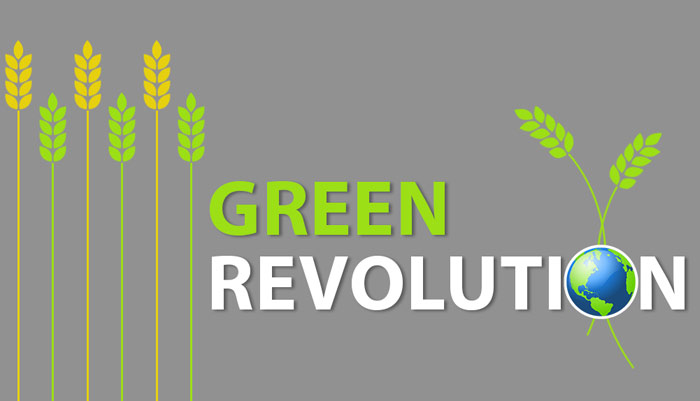The Green Revolution refers to the period of time starting in the 1950s when there was a significant increase in agricultural productivity due to advances in technology and farming practices. This revolution was particularly focused on increasing the production of cereal grains, such as rice and wheat, in developing countries.
In addition to the development of new crop varieties, the Green Revolution also included the use of synthetic fertilizers and pesticides, as well as the expansion of irrigation systems. These practices helped to increase crop yields and improve the overall efficiency of agriculture.
Despite the many benefits of the Green Revolution, there were also some negative impacts on the environment. The use of synthetic fertilizers and pesticides led to pollution and the overuse of these chemicals can harm soil health and reduce the population of beneficial insects.
Overall, the Green Revolution played a significant role in increasing global food production and helping to feed a growing population. However, it is important to consider the long-term effects of these practices and to find sustainable ways of producing food that are both efficient and environmentally friendly.
Keywords: Green Revolution, agricultural productivity, high-yield crops, genetically modified crops, synthetic fertilizers, pesticides, irrigation systems, food production, sustainable agriculture.

